2020 Nissan 240sx
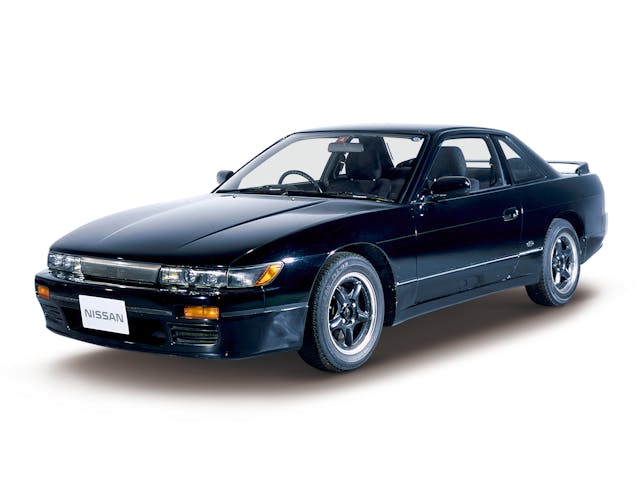
If you are at all familiar with drifting or have seen any of theFast and Furious movies, you've heard of the Nissan Silvia—or, as it's known in North America, the 240SX. Although it's probably most famous as a drift car, the Silvia was never marketed to the drift community while in production. Nissan conceived the car as a modest, sensible two-door for the lower end of the market, but tuners were drawn to the Silvia's lightweight, front-engine, rear-wheel-drive layout and accessible price.
The first-generation (S10) Nissan Silvia debuted in 1975. (We are not counting the ultra-limited production, hand-built Datsun 1600 Silvia from the mid-1960s.) As was common at the time, North America received a larger and more powerful 2.0-liter inline-four engine compared to the 1.8-liter offered in Japan. Unfortunately, this would be the end of America's claim to the more powerful Silvia.
The S10 Silvia was not a huge success; most buyers at the time opted instead for the Celica. The S110 Silvia generation that followed, produced from 1979 to 1983, and was originally designed to have a Wankel rotary engine but instead got the same 2.0-liter L20B inline-four as the S10. It later received the 103-horsepower twin-plug 2.2-liter Z22E inline-four.
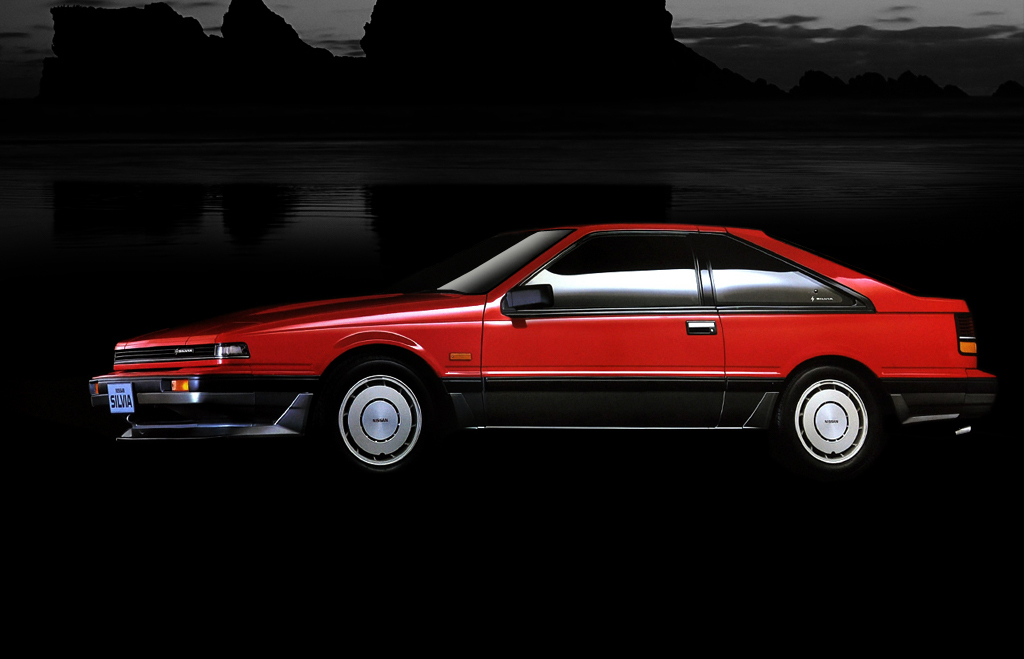
Early Silvias are decent cars but were never embraced by the tuner community. The S12 generation (known as the 200SX in North America), built from 1983 to 1988, is when the Silvia finally got the power it deserved. The most powerful engine initially offered in the S12 was the 133-hp, turbocharged 1.8-liter CA18ET inline-four. In 1987, the four-banger was outmatched by a 160-hp, 3.0-liter V-6 (shared with the Z31-generation 300ZX). The following year, the V-6 got a 5-hp boost but was still weaker than the best Silvia engine from Japan—the 187-hp, turbocharged dual-cam FJ20ET inline-four.
The Silvia generations most popular in North America are the S13 and S14 generations. Hereafter, we will refer to the car as the 240SX, as it was badged in the U.S. market to reflect its 2.4-liter engine.
The S13-gen Nissan 240SX, built from 1989 to 1994 as a coupe or hatchback, is where the Silvia's reputation as a drift dynamo originates. In the early days of drifting, the lightweight (2700-pound), front-engine, rear-wheel-drive layout of the S13—combined with an ideal 55/45 front-rear weight distribution—helped it become the most popular starting point for a drift build. Over 25 years later, the S13 is still one of the most popular drift cars.
The S13 received major updates from the S12, mostly to improve the handling, including a MacPherson strut front suspension and Nissan's first multi-link rear suspension. Four-wheel disc brakes were standard, while ABS and a limited-slip differential were optional (although they were standard in other markets). The only engine offered in North America was the single-overhead-cam, naturally aspirated 2.4-liter KA24E inline-four, which produced 140 hp. In 1991, the S13 was given a mid-model refresh which included a few cosmetic changes and new cylinder head for the KA24E, resulting in the KA24DE which provided dual overhead cams and an extra valve per cylinder, bringing the total to four. Four-wheel steering arrived in 1991, a feature that debuted on the R31 Nissan Skyline. Even with the upgrades, the KA24DE only had 155 hp, which was much less than offered in other markets. American 240SX buyers missed out on the legendary, 202-horse, turbocharged and intercooled SR20DET inline-four. But, at least we got pop-up headlights—the Japanese S13 Silvia only had fixed headlights.
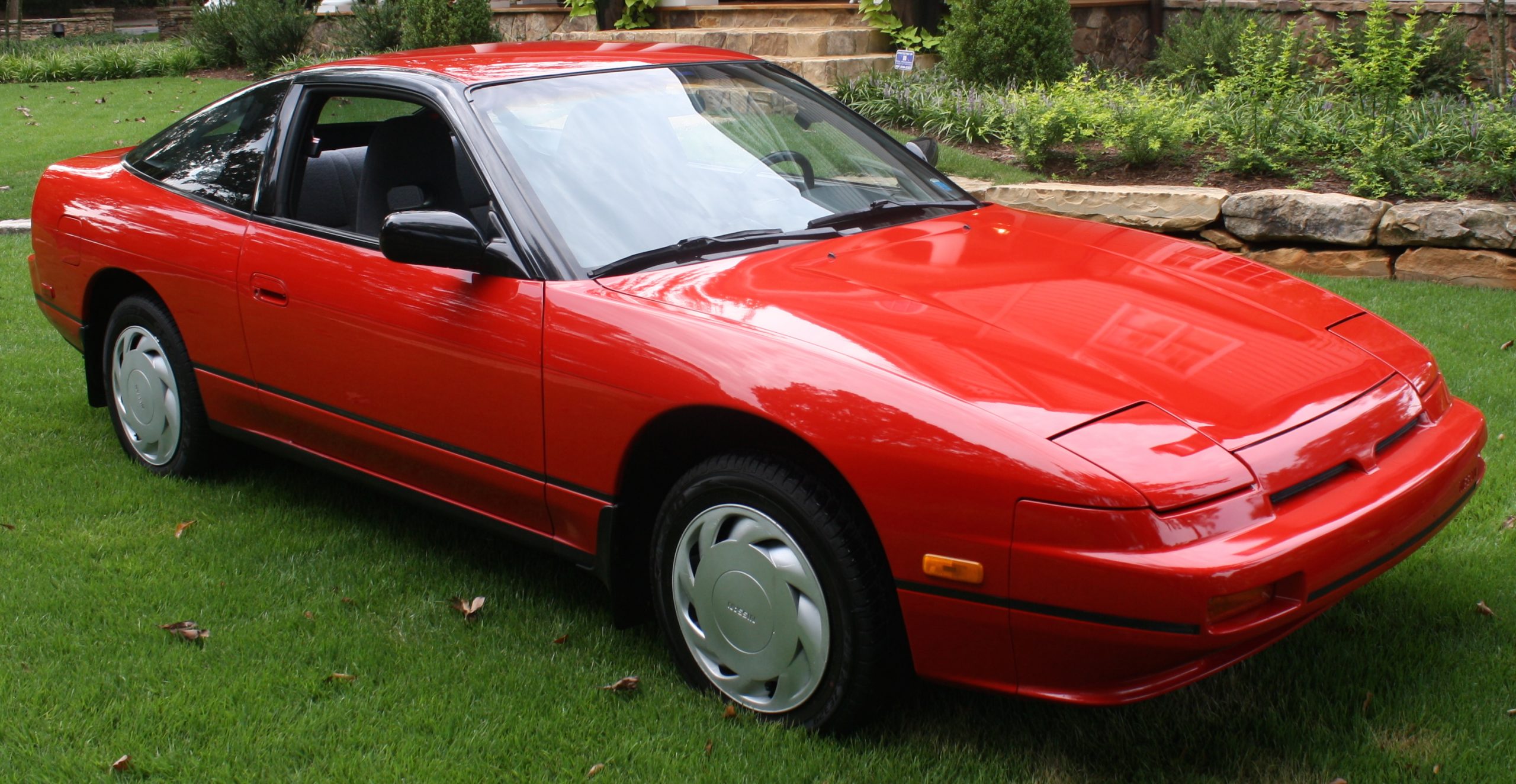
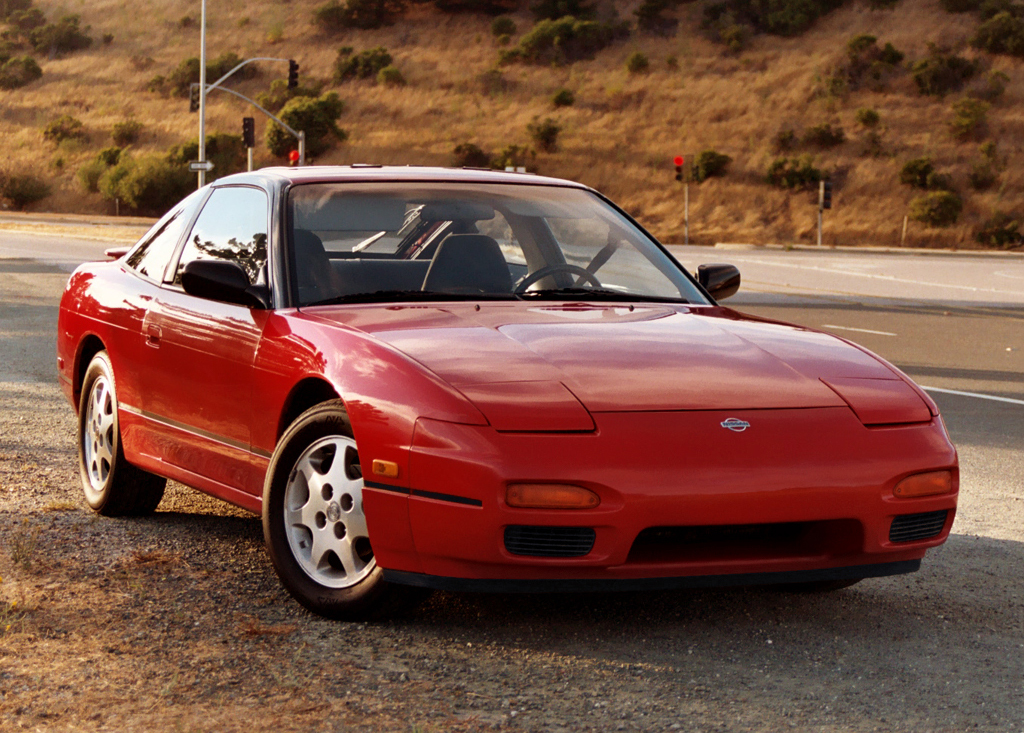
In 1995, Nissan released the S14-generation 240SX, which was completely redesigned and shared almost no parts with the S13. As if finally yielding to the drift crowd, Nissan lowered the S14, widened the track and added two inches to the wheelbase, while slightly shortening the overall length. To improve weight distribution, the fuel tank was moved from under the trunk to behind the rear seats, in front of the rear suspension. The S14 lost the pop-up headlights and cup holders, for some reason, but retained the KA24DE engine. To compound America's jealousy of the JDM version, the SR20DET in Japan's S14 Silvia was given a bigger turbo, resulting in 217 hp.
The S14 received a mid-model aesthetic refresh in 1997 to make the car look more aggressive. 1996 and earlier cars are referred to as Zenki S14 with cars after the refresh referred to as Kouki S14. (Zenki and Kouki mean "prior" and "latter," respectively.) In the late 1990s, 240SX sales suffered as more practical SUVs began to dominate the market. 1999 was the last year the 240SX was sold in America, as production ended in July 1998. The Silvia lived on for one more generation in Japan with the S15, but we won't be able to import them until 2024.
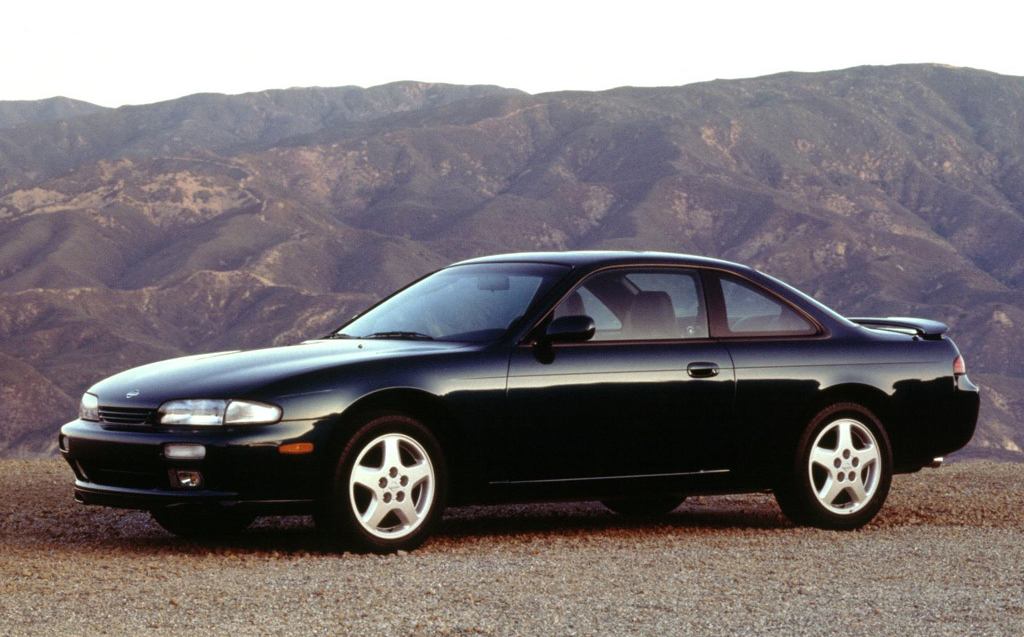
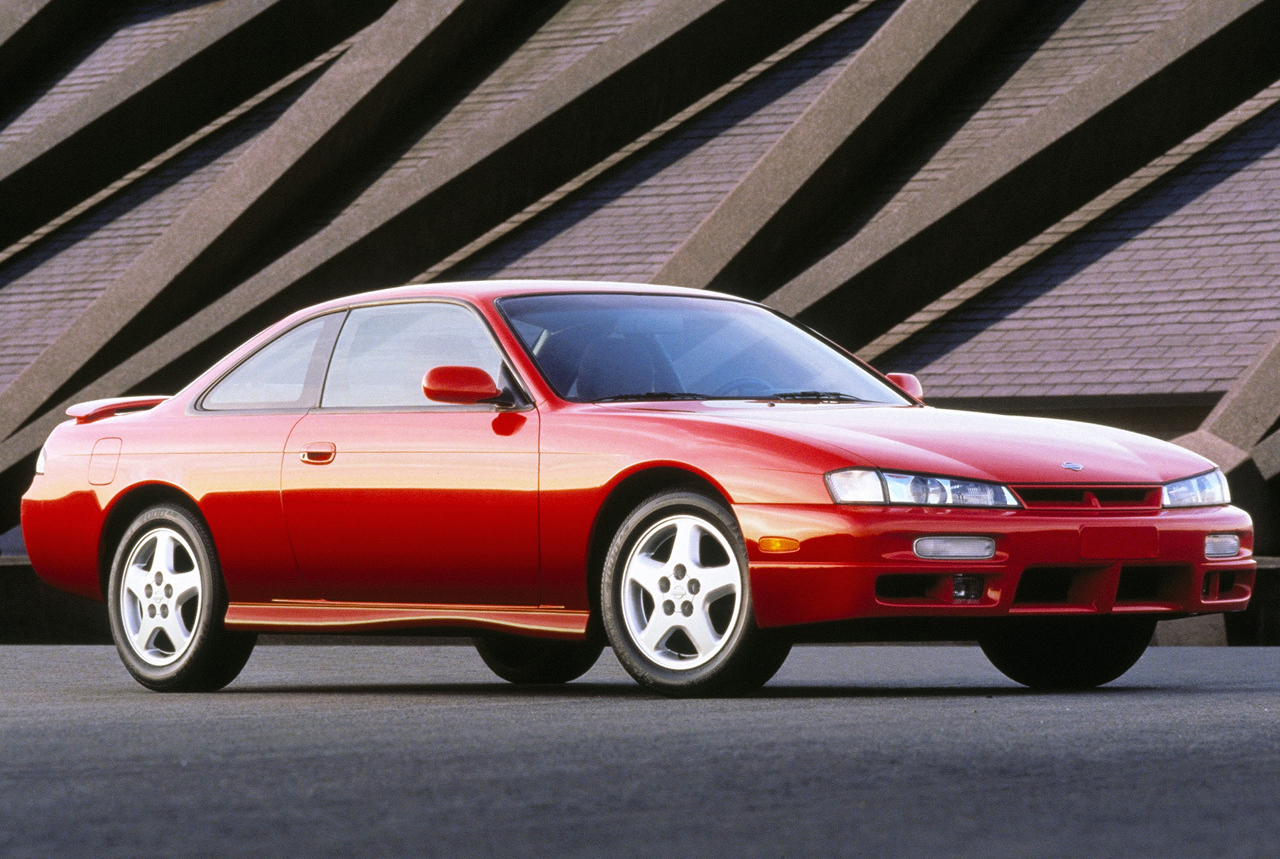
Because the KA24 in the North American 240SX was very, very underpowered, it's common for owners to heavily modify their cars. Engine swaps are one of the quickest ways to give the 240SX the power it so desperately lacked. It's common to swap in the SR20DET that was given to the Japanese Silvia, restoring all balance to the universe. If you want to tip the scales in your favor and don't mind the extra cost, RB engines from the Nissan Skyline with close to 300 hp would be a great choice. If you're on a budget and want to keep the original engine, many turbo kits are offered, which pair very well with the large cylinder size and iron block of the KA24DE.
To give you an idea of how common it is the modify the 240SX, 52 percent of Hagerty insurance quotes for the S13 and 64 percent for the S14 are flagged as modified. For comparison, only 19 percent of S12 quotes are flagged as modified.
Since the 240SX is so commonly modified, if you are in the market for one, be prepared to pay the "drift tax." It's very difficult to find unmodified/uncrashed cars for sale and when you do, they are very expensive. If you manage to find one, make sure to look for rust, especially by the rear spoiler, trunk, wheel wells, and frame rails. It's very common for S13s to have had their frame rails repaired due to rust. If this is the case, make sure you know what you're looking at—or even better, see if the owner has receipts for the work. You don't want the back end to fall off while you're heading sideways into a turn. Also, S13 coupes offered an early heads-up display which will most likely be broken on any cars currently for sale.
Unmodified 240SX cars are quoted at a median value of $7750 for the S13 and $9000 for the S14, but it's very common to see them sell for more. Earlier this year, a 1993 240SX with only 26,000 miles sold for $20,000 on Bring a Trailer. If you do buy one, there will continue to be a large pool of buyers down the road. Using insurance quotes as a sign of interest, people in their 20s and 30s are by far the largest group of potential buyers. Millennials account for 74 percent of S13 quotes and 69 percent of S14 quotes, with a combined average age of 33 years old.
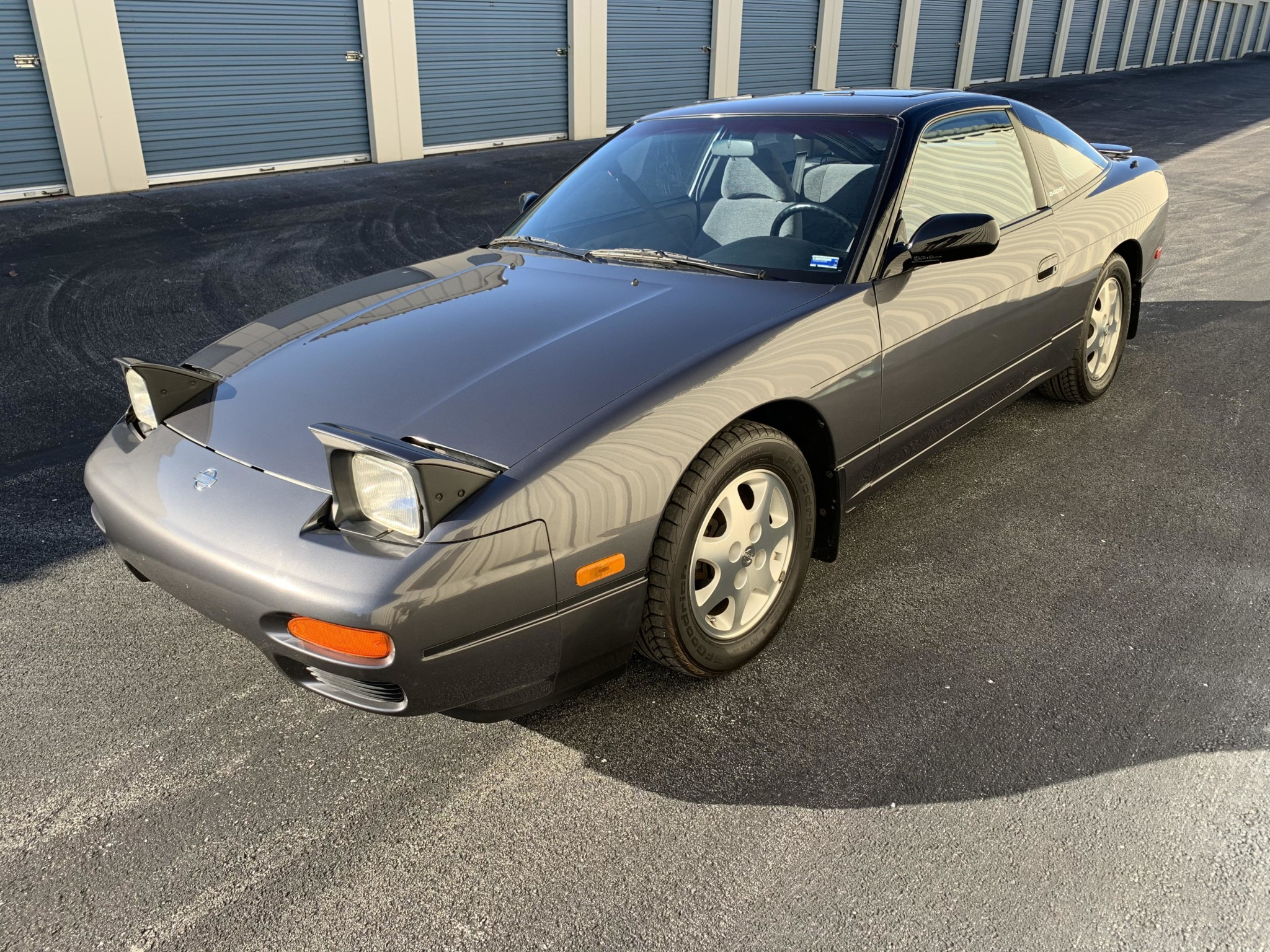
Whatever direction you go for the 240SX/Silvia of your dreams, you will be in good company. Aftermarket support is abundant, and the culture surrounding these Japanese gems is alive and well.
Source: https://www.hagerty.com/media/car-profiles/how-the-nissan-silvia-240sx-went-from-humble-coupe-to-drift-king/









Tidak ada komentar:
Posting Komentar